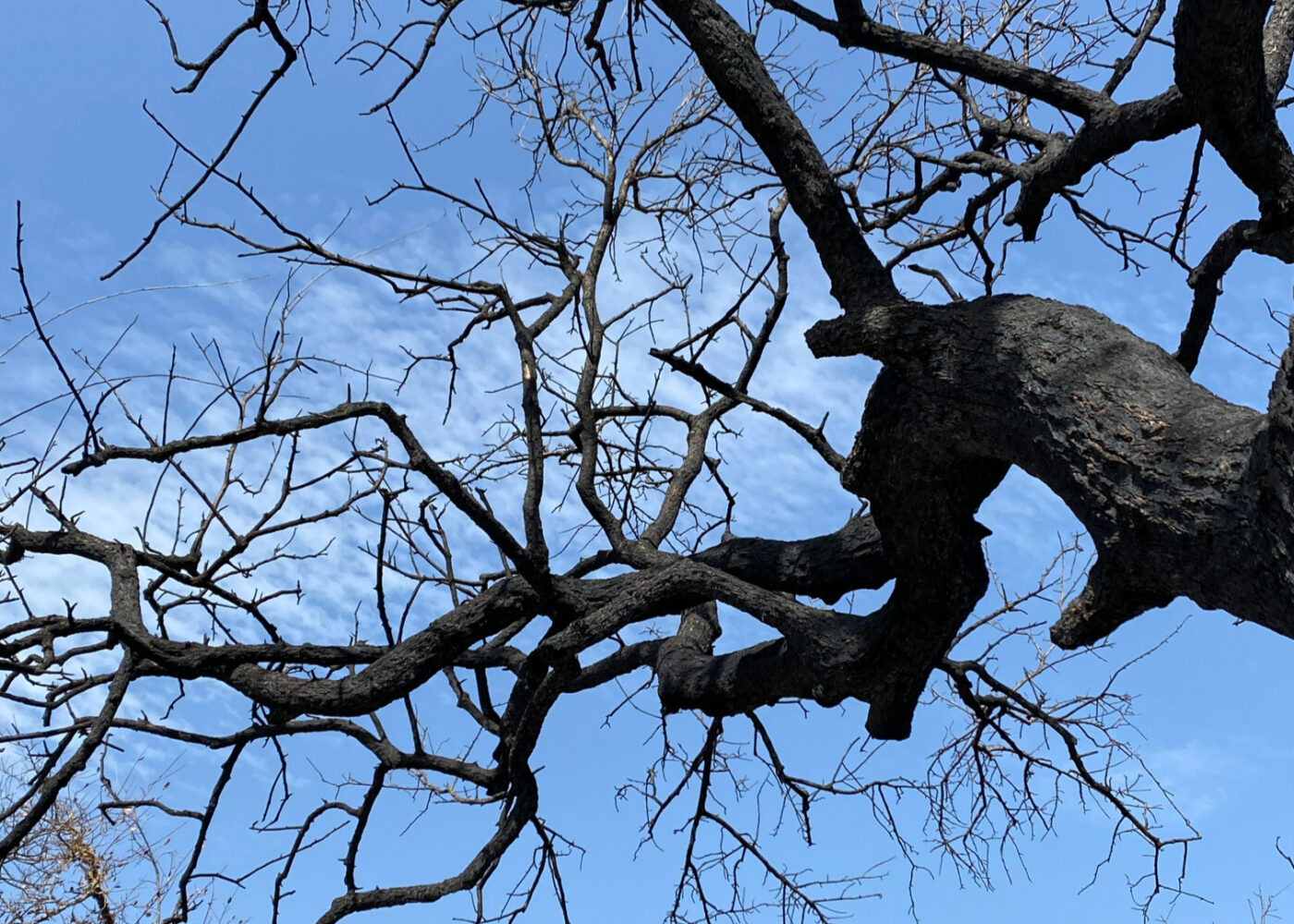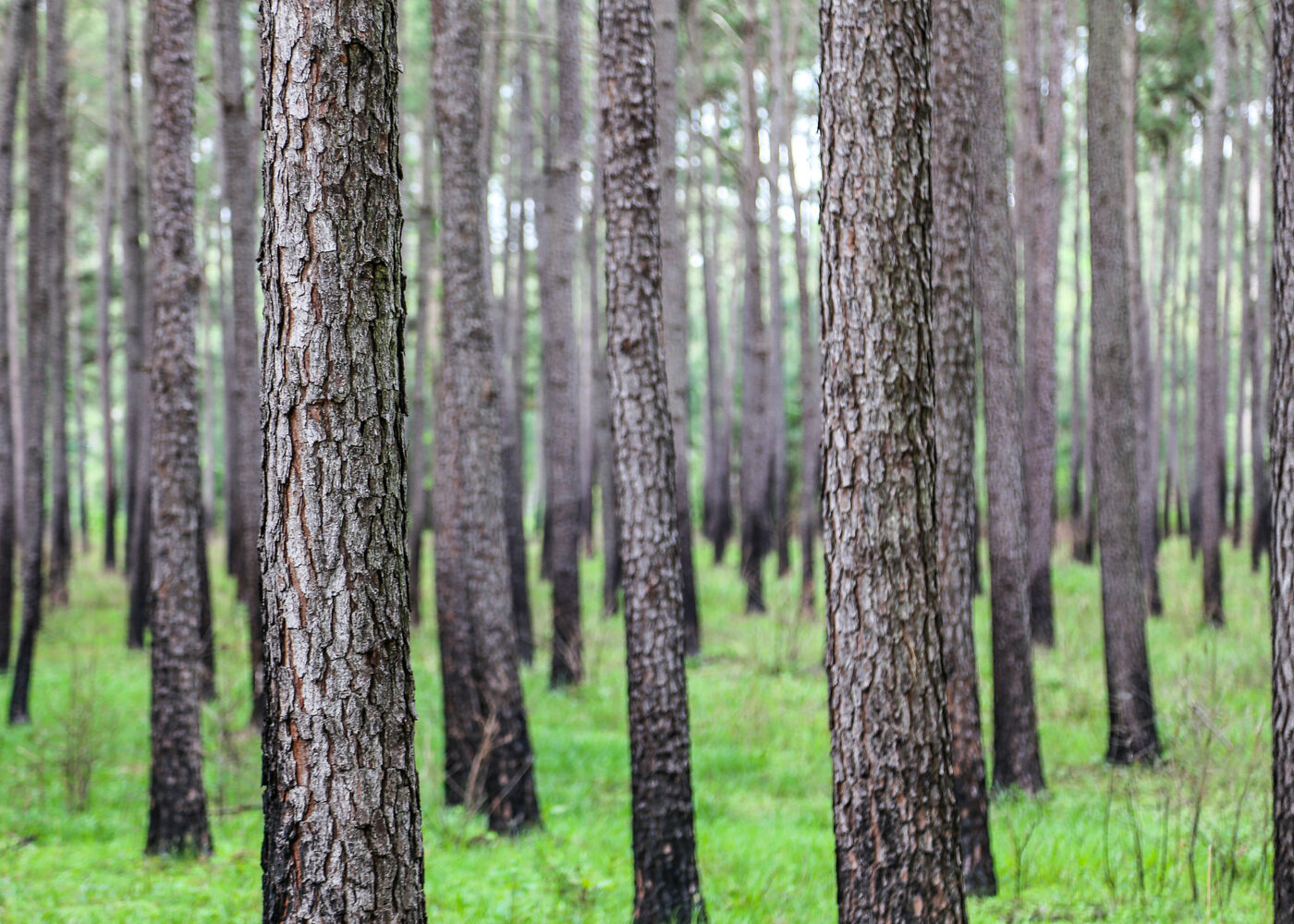Drought is a period of time when an area or region experiences below-normal precipitation. Drought is one component of the fire environment and is used to gauge fire potential based on its effect on long-term drying of wildland fuels, or any fire-feeding flammable material such as grass, leaves, or vegetation. An increase in fuels in an area with drought will also increase fire intensity, the rate of spread, and generally a wildfire’s resistance to control.
We satisfy legislative requirements to provide drought-determination information using the Keetch Byram Drought Index (KBDI) for Texas county governments as part of fireworks restrictions and burn bans. In response to House Bill 2049 in 1997 and House Bill 2620 in 1999, respectively.
The KBDI was developed in the 1960’s for southeastern forests to determine the depletion of moisture from the soil and organic layer regarding fire suppression decisions. The index is based on a daily water balance, where a drought factor is balanced with precipitation and soil moisture (assumed to have a maximum storage capacity of eight inches) and is expressed in hundredths of an inch of soil moisture depletion.
The KBDI attempts to measure the amount of precipitation needed to bring the top eight inches of soil back to saturation. Zero represents complete soil saturation or no moisture deficiency. 800 means it would take eight inches of precipitation to fully saturate the soil. 800 is the maximum drought possible.
Drought and wildfire potential
KBDI is a tool for tracking long-term dryness in the Southeastern U.S. but should not be exclusively used to predict wildfire potential. Wildfire potential is based on the fire environment, which includes fuel type/loading, fuel moisture, weather, terrain, and underlying dryness and drought. For current drought conditions in Texas please visit our Forest Drought site.
Detailed fire environment and fire potential information is posted weekly in the Texas Fire Potential Update.

